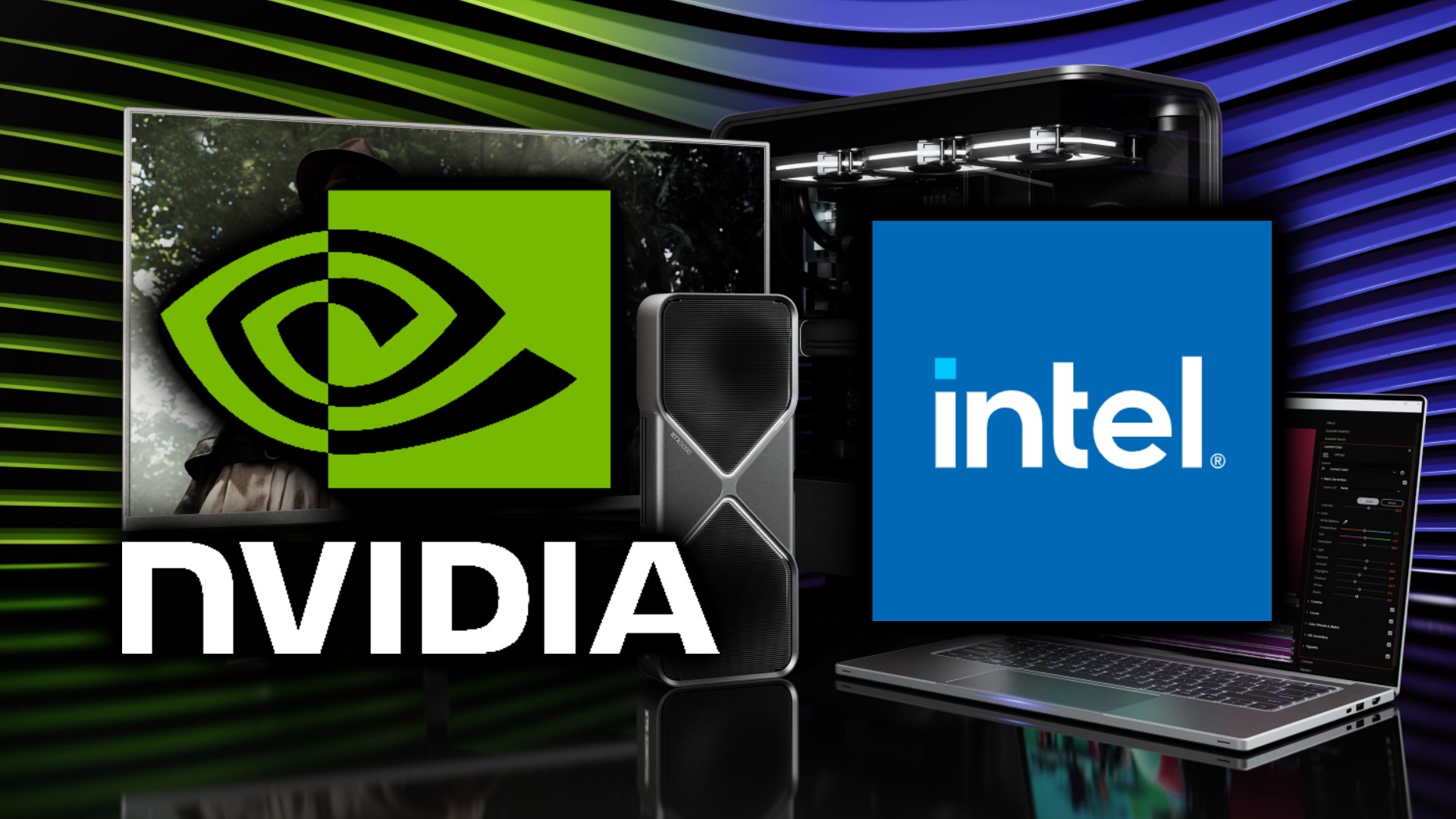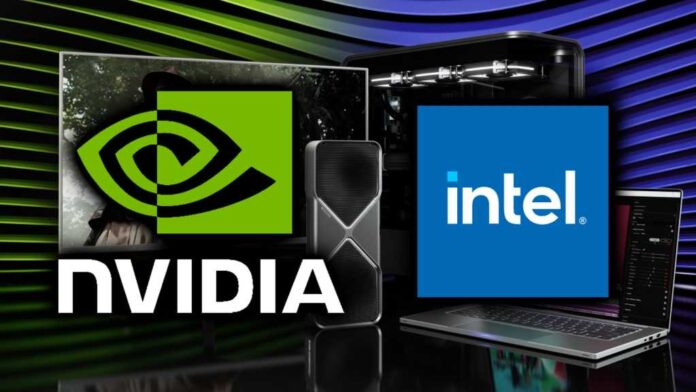
On Thursday, Intel and Nvidia introduced a serious partnership that shook up the chip market and plenty of shares. However Apple—and Apple followers—shouldn’t begin freaking out.
The deal is fairly easy. First, Nvidia will purchase $5 billion value of Intel frequent inventory. That alone despatched Intel’s inventory hovering.
For the server market, Intel will construct customized x86 CPUs that Nvidia will use in its AI datacenter merchandise. Nvidia already guidelines the AI datacenter enterprise and if it will possibly eke out just a little extra efficiency or effectivity with a customized CPU, that’s good, however it hardly issues to those that use Apple merchandise.
A report final yr mentioned Apple doesn’t use Nvidia’s merchandise to coach its AI fashions, preferring Google’s Tensor cloud merchandise as an alternative. There have been main upheavals in Apple’s AI growth since then, and it wouldn’t shock us if Nvidia was an enormous a part of Apple’s cloud-based AI coaching now, however whether or not Apple makes use of coaching server merchandise from one exterior firm or one other isn’t an enormous deal.
Apple is creating its personal “Non-public Cloud Compute” AI servers utilizing Apple Silicon, however these look like aimed toward inferencing—the place the educated mannequin runs on a consumer’s requests and knowledge to generate a outcome for them. Apple should still depend on outdoors {hardware} for AI coaching, which regularly has completely different and extra power-intensive necessities.
Mac vs PC
The extra fascinating a part of the partnership is the event of latest client chips. Intel will construct and promote new x86 RTX system-on-chips that mix an Intel CPU and Nvidia RTX GPU chiplets.
Intel already sells CPUs with built-in GPUs for the thin-and-light pocket book market, however the GPUs in these merchandise fall far behind competing merchandise from AMD and Apple. AMD’s superior efficiency in graphics (and in some circumstances CPUs as properly) has made it win some market share and has dominated the brand new handheld gaming laptop market.
With this deal, Intel/Nvidia will seemingly have the ability to promote significantly better merchandise aimed toward skinny and light-weight laptops and handheld gaming PCs—at present, greater gaming laptops and naturally desktop PCs are dominated by methods that use discrete Nvidia GPUs, however these are energy hogs by comparability.
The place does that depart Apple? Are these chips going to out-compete Apple’s spectacular M-series chips? Are folks going to modify from MacBooks to Home windows laptops?
Effectively, we don’t understand how the chips will carry out. There are not any precise merchandise introduced, nor any of their technical specs. We don’t know when they are going to be launched—will these first Intel/Nvidia SoCs compete with subsequent yr’s M5 sequence, or M6? Perhaps even M7?
We’ve heard claims of superior efficiency to Apple’s chips earlier than, and ultimately, the merchandise that use these chips can’t sustain, particularly not with out utilizing much more energy. Apple has some catching as much as do on graphics efficiency, however the CPU, video, and audio encoding, in addition to neural engine AI processing, stays top-tier.
You’ll be able to already get a sooner laptop computer than an equivalent-priced MacBook (particularly in graphics efficiency). Nevertheless it’s not a MacBook. It doesn’t have the identical construct high quality, battery life, and a focus to element.
However most significantly, folks purchase Macs as a result of they need to use a Mac. It’s macOS and the apps that run on it (Apple’s and others), along with simple operability with different Apple merchandise, that make folks desire a Mac. Perhaps Intel’s new chips will re-create the Pentium-Energy PC arms race of the mid-’90s, however finally, whereas this Intel/Nvidia partnership is fascinating, it doesn’t do something to essentially change a lot.


